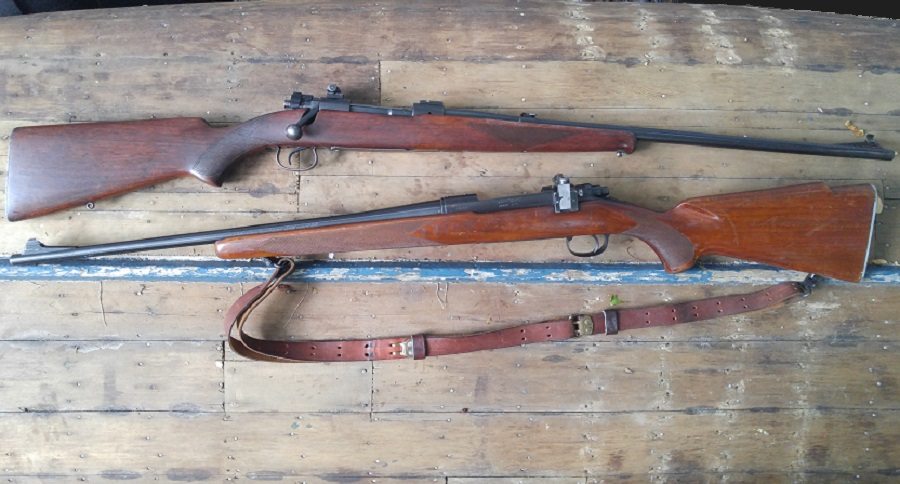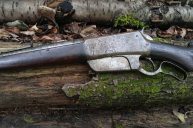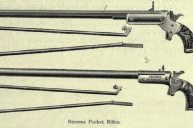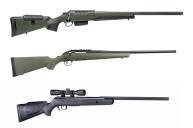We all love our Winchester Model 70s and Remington 870s, but these timeless designs didn't just "happen". Here are five firearms models that paved the way for their more famous descendants to gain ascendancy.
Before the Winchester Model 70: Winchester Model 54
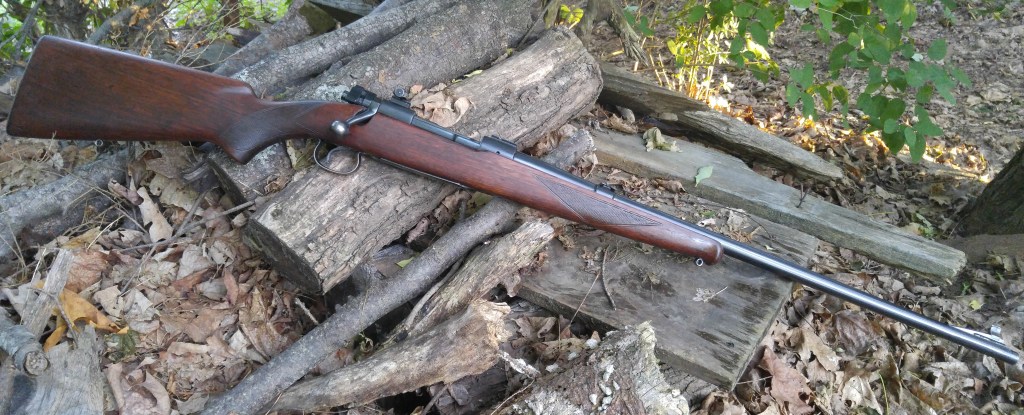
The author's beloved 1926-manufactured Winchester Model 54 in .30-06 Springfield.
We're going to start this list with one of my favorite rifles of all time: The Winchester Model 54. Introduced in 1925 and produced until 1936, the Winchester 54 was itself a derivation of the limited-production Winchester Model 51 "Imperial." The Winchester 54 combined elements of the famed 98 Mauser and 1903 Springfield designs. These features were well-received, and the Model 54 became Winchester's first commercially viable bolt-action rifle design, with just over 50,000 being built before Winchester's now-famous Model 70 was introduced in 1936.
The Model 70 itself was a revamp of the Model 54, utilizing the same basic action, but incorporating a hinged drop magazine floorplate (the 54's was stamped steel and fixed), a revolutionary side-swinging three-position safety, and the capacity to mount scopes more efficiently.
The Model 54 was offered in a multitude of calibers: .22 Hornet, .220 Swift, .257 Roberts, .250-3000 Savage, 7x57mm Mauser, 7.65x53mm Argentine, .30-06 Springfield, .30-30 Winchester, .270 Winchester, and 9x57mm Mauser. There are rumors of special order 54s being made in .38-55, .35 Whelen (yes please!) and .32 Special. Fun trivia fact: the Winchester 54 was the rifle in which the famed .270 Winchester cartridge was introduced.
So next time you lustily caress your beloved Winchester Model 70, just remember - there wouldn't be a "Rifleman's Rifle" without the Model 54.
Remington Model 31

Remington 31 in 20 gauge. Image from icollector.com.
Introduced in 1931 as an answer to the runaway success that Winchester had with its Model 12, the Remington model 31 is to this day considered by many to the finest, smoothest pump action shotgun ever devised.
With a then-new side-ejecting milled steel receiver (its predecessors, the Remington Models 10 and 17 were downward-ejecting like a Browning BPS) the Model 31 broke untraveled ground for Remington. Though the Model 31 is commonly noted as having a "ball bearing" pump action due to its immense smoothness while working the action, there are no actual ball bearings in the mechanism. However, its oily slick operating system could easily lead one to believe that the single action bar indeed rode on greased bearings.
The Model 31 was occasionally found in use by the military during WW2 in riot gun configuration, but the 31 mainly served the military the same way it served many sportsmen - teaching gunners how to lead targets by clay pigeon and trap shooting.
Today, the Remington Model 31 is a mostly-forgotten arm - an unappreciated relic of a time when quality and flawlessly smooth operation were valued over mass production and ability to accept bolt-on accessories. However, the Model 31's direct legacy lives on today in the exalted Remington 870 - a shotgun noted for extreme reliability, toughness and quality for value.
Remington Models 721/722/725
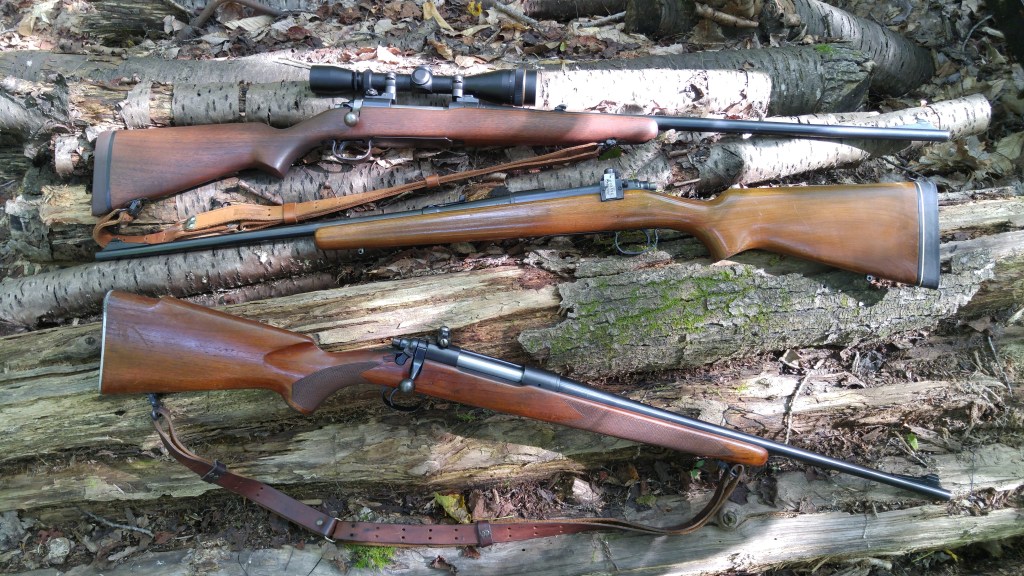
Top to bottom: Remington Models 721 in .300 Holland & Holland Magnum, 722 in .308 Winchester, 725 in .270 Winchester. Photo by author.
The Remington 721/722/725 family of rifles is a direct product of the lessons Remington learned about economy of manufacturing during World War 2. Wartime rifles needed to be inexpensive and fast to build. Production had to be maximized through processing efficiencies to get the much-needed weapons of war out the door to the troops.
Remington applied these efficiencies to their new post-war rifle design. Starting with a clean sheet instead of continuing with an older pre-war model (like Winchester did with the Model 70), these rifles came to be known as the Models 721 (long action), 722 (short action) and 725 (Deluxe) models. The receivers were designed to be cylindrical so they could be manufactured on a lathe, not milled out of a chunk of steel. A simpler, two position safety (for the 721/722 - the 725 has a 3-position geared safety) and revamped trigger were designed for the new rifles. Bolts were made without big external Mauser-type claw extractors, and now featured plunger-type ejectors. The feeding system was designed to be push-feed as opposed to the controlled round feeding of the Mauser/Springfield system. The whole system was designed for simplicity, ease of manufacturing, and rigidity. The rigidity and built-in strength of the design makes the 721 family of rifles famous for extreme accuracy and durability.
The Remington 721, 722, and 725 were manufactured until 1962 in several grades and many calibers, until the design was revamped and became the vaunted Remington 700 rifle - which we all know and love today.
Colt M1900
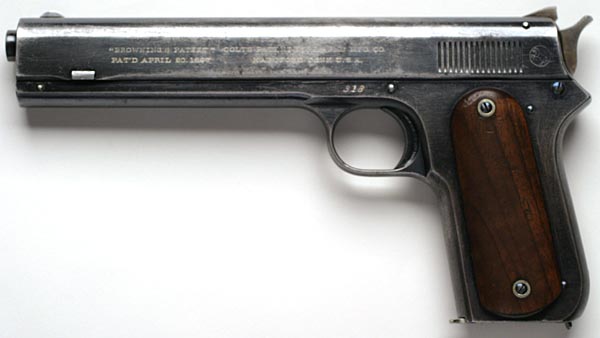
Colt 1900 in .38 ACP. Image from coltautos.com
If the homely Colt 1900 looks like it's vaguely familiar, it's because this blocky semi-automatic design eventually evolved into America's pistol - the Colt M1911! The M1900 was the first semi-automatic pistol licensed to the Colt's Patent Firearms Manufacturing Company.
The Colt 1900 was designed by the illustrious John Moses Browning and was the first pistol to use the barrel link design that the M1911 utilizes to swing the barrel in and out of battery. The M1900 also introduced a new caliber, the .38 Automatic Colt Pistol (ACP), which later evolved to become a cult cartridge you may have heard of: the .38 Super.
The Colt M1900 went through several revised incarnations as kinks were worked out of the design. The military took interest in the M1900 and tested this design as well as the follow-up models - these included the Models 1902 and 1905 (Which introduced our friend, the .45 ACP cartridge). After several years of trials, tribulations, and John Browning's ingenuity, the Colt M1900 evolved into the mighty M1911 and later M1911A1.
Smith & Wesson Hand Ejector Model of 1899
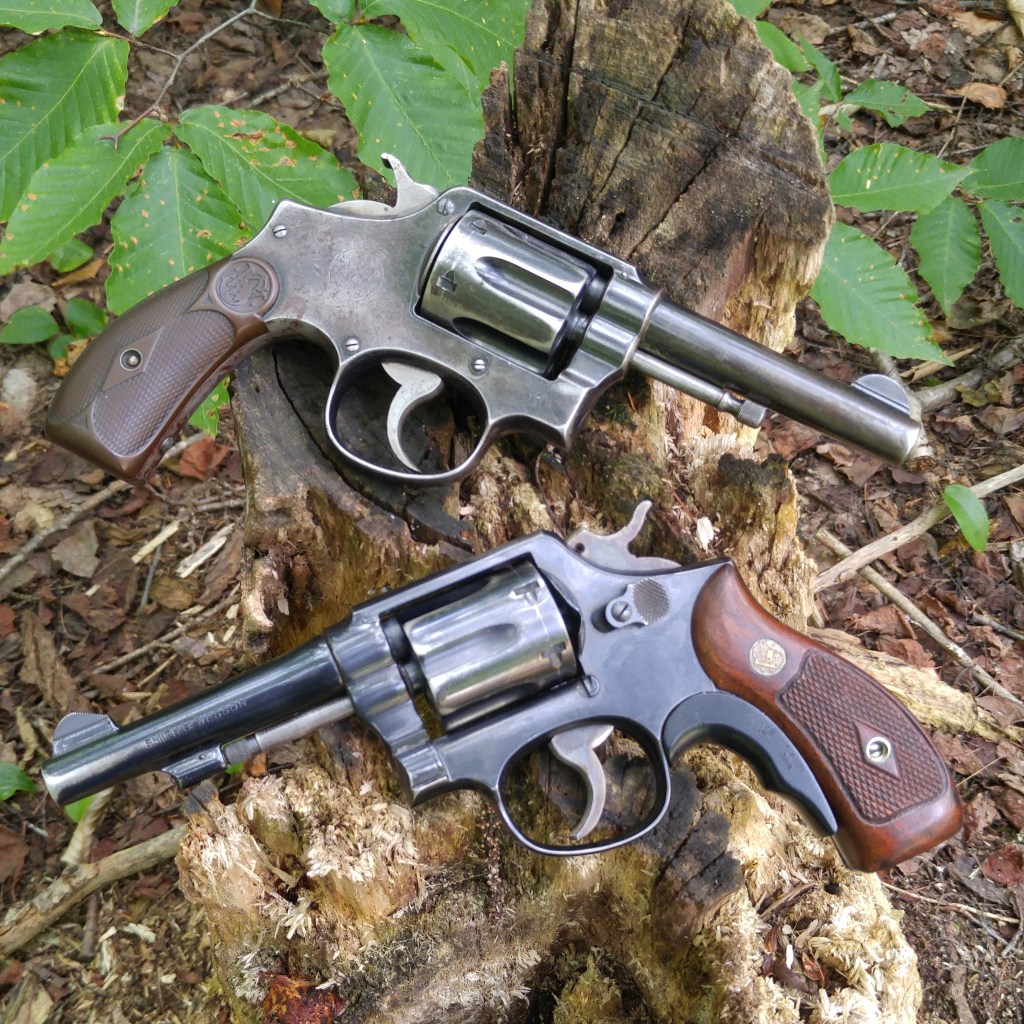
Top: S&W Model of 1899 Hand Ejector; Bottom: Smith & Wesson Model 10. Photo by author.
The Smith & Wesson Model of 1899 was the forerunner of the ubiquitous Model 10, the longest-running continuous-production revolver in history. The Model of 1899 introduced the world to the .38 Special caliber, which developed from the need of the U.S. Military to have more handgun horsepower after facing the drug-addled Moro warriors in ugly hand to hand combat in the Philippine insurrection of 1899. The military's standard .38 Long Colt caliber didn't cut it, so Smith & Wesson responded by lengthening the .38 Long Colt's case and introducing a heavier bullet over a stouter charge of black powder. The .38 S&W Special was born, and the Smith & Wesson Model of 1899 was the first revolver available to the public that housed the new cartridge.
Externally, the Model of 1899 and the later Model 10 look very similar; in the picture above the only real way to distinguish between the two models is the lack of the front ejector rod locking lug underneath the barrel. That change came about in 1902, when Smith & Wesson revamped and simplified the internals of the revolver, and beefed the design up with another cylinder locking point to stand up to the hotter .38 S&W Special cartridge. The design was again revamped with the Model of 1905 4th Change, which introduced an internal hammer block safety and improved sights. Several other modifications followed, but from this point forward, the design that became the stalwart Model 10 can easily be recognized.
Don't Forget The Past!
Many people may not be terribly fond of "those old guns" that still grace the racks of gun shops, gathering dust as the latest and greatest designs and magnum calibers fly off the shelves. However, one shouldn't always pass them over - these old guns are usually beautifully manufactured. They often boast parts fitted by true craftsmen who loved each and every firearm that passed by their work stations, metalwork smoothed by their files, stocks checkered by their own hands.
And some popular guns that we all know, use, and love today can trace their lineage back directly to these beautiful old machines. So even if you have no intent on ever buying one, once in a while, take a moment to hold and handle some of these old firearms designs - because we wouldn't have what we have now if it wasn't for them getting out there first.
NEXT: HERE ARE 5 OF OUR FAVORITE RUGER 10/22 ACCESSORIES
